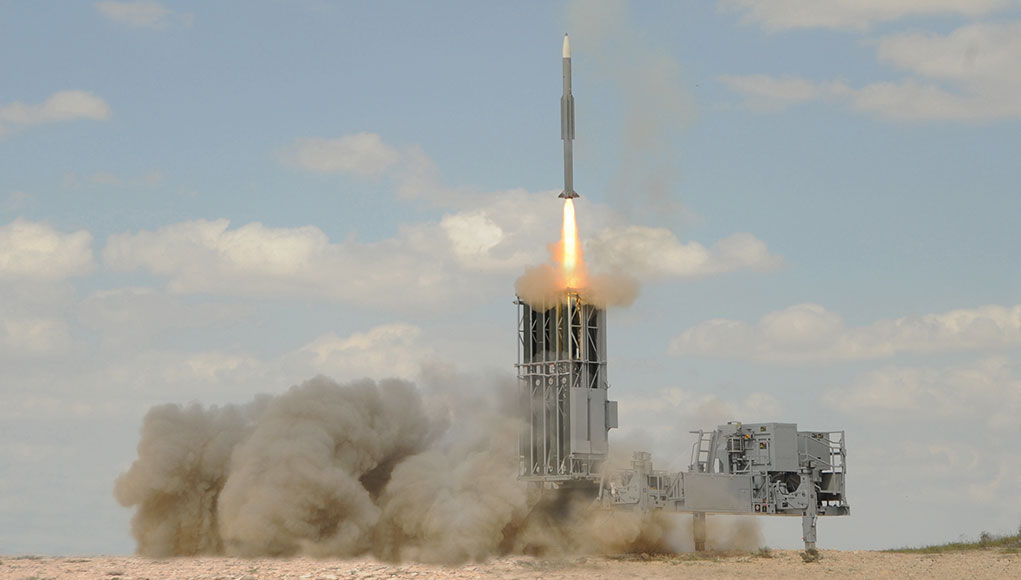The Slovak government has approved the purchase of six batteries of Israel Aerospace Industries’ Barak MX surface-to-air missile system for €554 million. This acquisition marks a significant upgrade from Slovakia’s Soviet-era 2K12 KUB systems, offering multi-layered defense against various aerial threats. An intergovernmental agreement is expected by October 2024, with deliveries starting in late 2025. The deal includes provisions for domestic missile production and a comprehensive support package. This modernization enhances Slovakia’s NATO interoperability and strengthens the alliance’s eastern flank.

Australia Bolsters Military Mobility with AUD22M Polaris DAGOR Vehicle Contract
The Commonwealth of Australia has awarded an AUD22 million (USD14.6M) contract to Polaris Australia for DAGOR off-road tactical vehicles. The Australian Defence Force will receive three variants of the vehicle: transport, expeditionary reconnaissance, and cargo, to support joint missions worldwide. Polaris will deliver the vehicles over the next two years, integrating standard and locally engineered components at their Melbourne facility. The DAGOR vehicles, designed for rapid air transportability and high payload capacity, are already used by U.S., Canadian, and European forces. This acquisition aims to enhance tactical mobility and interoperability among allied forces.
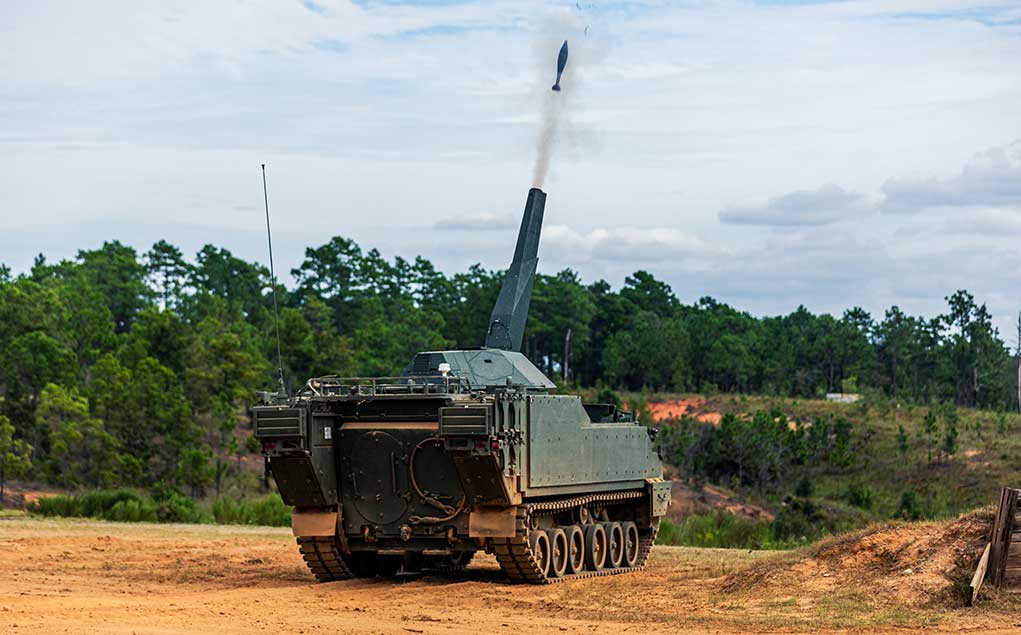
U.S. Army Showcases Patria NEMO Mortar System, Advancing Armored Brigade Capabilities
The U.S. Army demonstrated the Patria NEMO 120 mm Turreted Mortar System at the Maneuver Warfighter Conference in Fort Moore, Georgia, on September 10, 2024. The system, integrated into a U.S.-made Armoured Multi-Purpose Vehicle (AMPV) and Fire Direction System, successfully performed various fire missions using U.S. mortar ammunition. This demonstration marks a significant milestone in the cooperation between the U.S. Army and Patria, which began with a feasibility study in 2020. The Patria NEMO system aims to provide Armoured and Stryker Brigade Combat Teams with improved indirect and direct fire capabilities while enhancing crew protection.
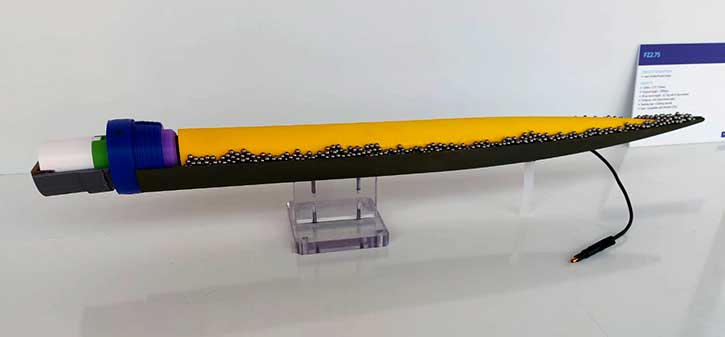
Thales’ 70mm Rocket System Proves Effective in C-UAS Role, Polish Production Planned
Thales Belgium and Polska Amunicja have signed a Memorandum of Understanding to produce 70mm rocket motors in Poland for the FZ70 rocket system. Recent tests have demonstrated the system’s effectiveness in counter-unmanned aerial systems (C-UAS) engagements at a range of 1-3 km and an altitude of 2.5 km. Unlike FZ275 laser-guided rocket (LGR) variant, this FZ123 rocket uses an electronic time fuze to detonate the warhead near the target, dispersing a cloud of shrapnel balls. The FZ70 system can be integrated into various platforms, including helicopters, fixed-wing aircraft, naval vessels, and land vehicles. Thales is also collaborating with WB GROUP to potentially integrate the system with WB’s TOPAZ fire control system and FONET digital communication platform, enhancing its versatility and effectiveness in modern combat scenarios.
France Bolsters Deep Strike Capabilities with Reactivation of 19th Artillery Brigade
The French Army reactivated the 19th Artillery Brigade (19e B.ART) in Strasbourg on September 4, 2024, as part of the new Deep Operations and Intelligence Command (CAPR). This move enhances France’s deep strike and intelligence capabilities, combining the 1st, 54th, and 61st Artillery Regiments with advanced drone operations. The brigade is set to operate future long-range artillery systems and integrate Patroleur UAS operations. This reactivation is part of a broader transformation of France’s land forces, aimed at improving its ability to conduct complex, multi-domain operations and maintain its status as a leading military force.
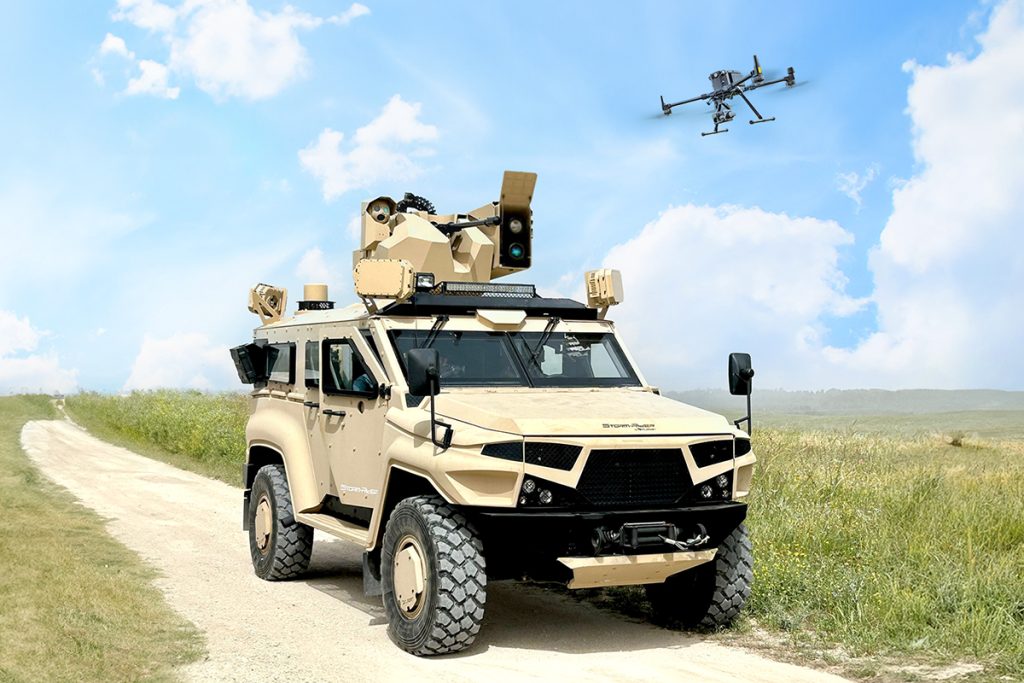 Rafael Showcases Cutting-Edge Force Protection Technologies Transforming Modern Warfare
Rafael Showcases Cutting-Edge Force Protection Technologies Transforming Modern Warfare
Rafael Advanced Defense Systems has highlighted several game-changing innovations in force protection that are reshaping modern combat. Active Protection Systems like Trophy are enhancing armored vehicle survivability against anti-tank threats. Integrated Air and Missile Defense systems combine multiple layers of defense with advanced radar and command capabilities. Developing directed energy weapons, particularly high-energy lasers, provides new options for countering aerial threats. Network-centric warfare and AI and machine learning integration improve situational awareness and decision-making speed. Unmanned systems are increasingly used for reconnaissance and support, while cyber and electronic warfare capabilities have become crucial in networked military environments. These advancements are collectively enhancing survivability, improving battlefield awareness, and increasing the precision of military operations.
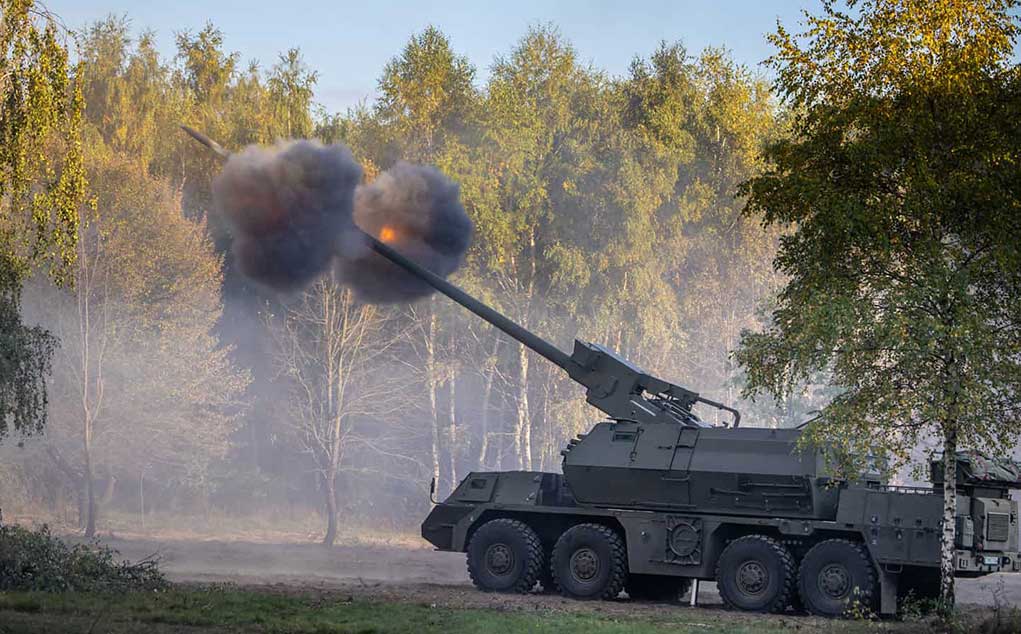 Brazil Reshapes Artillery Plans: Lula Blocks Israeli Deal, Explores European Alternatives
Brazil Reshapes Artillery Plans: Lula Blocks Israeli Deal, Explores European Alternatives
President Luiz Inácio Lula da Silva of Brazil has unexpectedly blocked the acquisition of 36 ATMOS 2000 howitzers from Israel’s Elbit Systems, disrupting the country’s artillery modernization plans. In response, Brazil is exploring alternatives, including a potential deal for the Slovakian-made Zuzana 2 howitzer through a partnership between Czech firm Excalibur International and Brazilian company Avibras. The French Nexter CAESAR system has also re-emerged as a possible option. This shift highlights the complex and sensitive geopolitics and domestic politics Israeli defense companies face in the international market, particularly since the break of the Israel–Hamas war on 7 October 2023.
 Rolls-Royce and FFG Partner to Modernize Leopard 1 Tanks with New Engine
Rolls-Royce and FFG Partner to Modernize Leopard 1 Tanks with New Engine
Rolls-Royce and FFG have partnered to develop a concept for repowering the Wisent 1 and Leopard 1 tank family with the advanced mtu 8V199 engine. This upgrade aims to replace the discontinued MB838 engine, offering improved performance, lower fuel consumption, and reduced emissions. The project includes integrating the new engine with a RENK transmission to create a complete powerpack solution. Initial testing is set for 2025, with the first vehicles expected to be equipped by 2026, extending the service life of the Leopard 1 family while enhancing its capabilities. Ukraine uses those tanks and heavy engineering vehicles extensively, and new engines will be required to keep them operational.
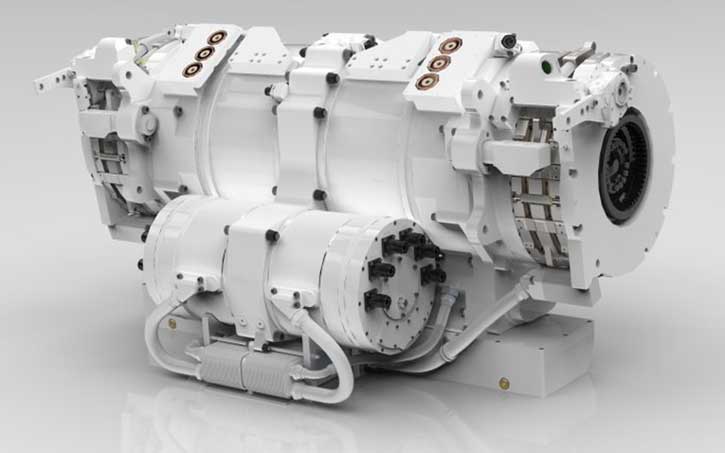 RENK and QinetiQ Partner to Advance Electric Drive Systems for Military Vehicles
RENK and QinetiQ Partner to Advance Electric Drive Systems for Military Vehicles
RENK Group and QinetiQ have formed a strategic partnership to develop and integrate electric drive solutions for military vehicles. The collaboration combines RENK’s power transmission expertise with QinetiQ’s electric drive technology to create innovative propulsion systems for future military platforms. This joint effort aims to enhance vehicle performance, efficiency, and sustainability through electrification, addressing the growing demand for electric and hybrid drive systems in the defense sector. Initial testing of the new technologies is expected to begin shortly, with the partnership focusing on accelerating the development of advanced electric drive technologies for military applications.
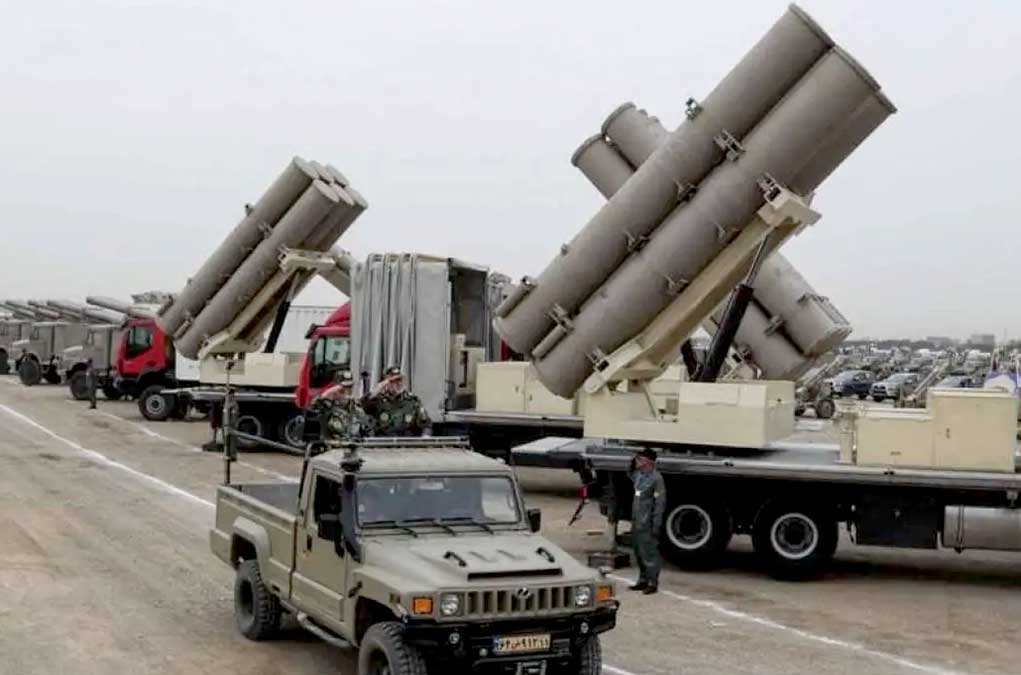 Iran Delivers Short-Range Ballistic Missiles to Russia for Ukraine Conflict, Escalating Military Cooperation
Iran Delivers Short-Range Ballistic Missiles to Russia for Ukraine Conflict, Escalating Military Cooperation
Iran has supplied Russia with Fath 360 close-range ballistic missiles for potential use in Ukraine, according to Pentagon officials. Considered the ‘Iranian GMLRS’, these missiles have a 75-mile range, travel at Mach 3-4 speeds, and carry a 150kg warhead. Russia reportedly contracted for hundreds of these missiles, with the first batch now delivered after Russian personnel trained in Iran. Pentagon Press Secretary Maj. Gen. Pat Ryder called this “a deeply concerning development.” This transfer represents a significant escalation in Iran’s support for Russia’s war efforts, with Iran also supplying attack drones and other lethal aid. Moscow plans to elevate its defense ties with Tehran to a strategic partnership that could also span exchanging information on nuclear and space technology with Iran.
 India Successfully Tests 4,000 km Range Agni-4 Missile, Enhancing Strategic Deterrence
India Successfully Tests 4,000 km Range Agni-4 Missile, Enhancing Strategic Deterrence
India successfully test-launched its Agni-4 intermediate-range ballistic missile (IRBM) from the Integrated Test Range in Chandipur, Odisha, on September 6, 2024. The two-stage, solid-fueled missile has a range of approximately 4,000 kilometers and can carry a 1,000 kg payload, including both conventional and nuclear warheads. This test, conducted under the Strategic Forces Command, validates the missile’s operational and technical parameters, reinforcing India’s nuclear deterrence strategy. The Agni-4’s road-mobile platform enhances its survivability and operational flexibility. This successful launch demonstrates India’s growing proficiency in missile technology and its commitment to maintaining a credible minimum deterrence capability, aligning with its no-first-use nuclear doctrine.
More news coverage in our topical channels includes:

